The scarlet lily beetle, a clever invader
A newcomer has been spending time in our gardens in recent years. It has a bright red body, black legs and antennae, and a prodigious appetite for lilies: first the leaves, and then the buds and stems. It has unsuspected resources for evading its enemies and reproducing.
The scarlet lily beetle (Lilioceris lilii) exasperates gardeners. Originally from Asia and introduced accidentally into America, it has found conditions here ideal for proliferation. The adult, from 7 mm to 9 mm in length, lays its tiny orangey eggs on the underside of leaves, hidden from view.
It’s there, at the axile of leaf blades or in the hollows of the rosettes of new shoots, that it most often hides. As soon as you try to grab it or as a shadow approaches, it flips over onto its back, showing its black abdomen. Immobile, playing dead, camouflaged in the humus, it is difficult to spot. The larva discourages predators by hiding under its repulsive blackish faeces.
It first gnaws the underside epidermis of leaves, leaving the upper epidermis and thus making its detection difficult. After two weeks of intensive grazing, it buries itself in the soil where it transforms itself through metamorphosis into a nymph to get through winter. The following spring, having become an adult, it easily returns to its pantry.
This beetle has few enemies other than a few rare birds. It is hard to capture, and birds probably associate its bright colour with the foul-smelling odour and bad taste that characterize it. Its progression can be slowed by capturing the adults and by cutting off and burning leaves harbouring eggs and larvae.
One alternative is to apply a mixture of soapy water to the leaves and place coffee grounds at the foot of the lilies. The latest news is that the red lily beetle is starting to attack attractive wild plants like the false spikenard and false Solomon’s seal. That’s bad news.
To learn more about insects, visit the Animalium de Mont-Tremblant.
By the same author: Make your property a home for wildlife (Click the image below)

Jacques Prescott131 Posts
Jacques Prescott est biologiste, professeur associé à la Chaire en éco-conseil de l’Université du Québec à Chicoutimi. Spécialiste de la biodiversité et du développement durable, il est l’auteur de nombreux livres et articles sur la faune et la conservation de la nature. Il nous fait l’honneur de rejoindre notre équipe de collaborateurs et signera chaque mois une chronique intitulée Faune et flore. / Jacques Prescott is a biologist, associate professor with the Chair in Eco-Counselling of the Université du Québec à Chicoutimi. A specialist in biodiversity and sustainable development, he is the author of numerous books and articles about wildlife and nature conservation. He has honoured us by joining our team of contributors and will write a monthly column entitled Wildlife and Habitat.
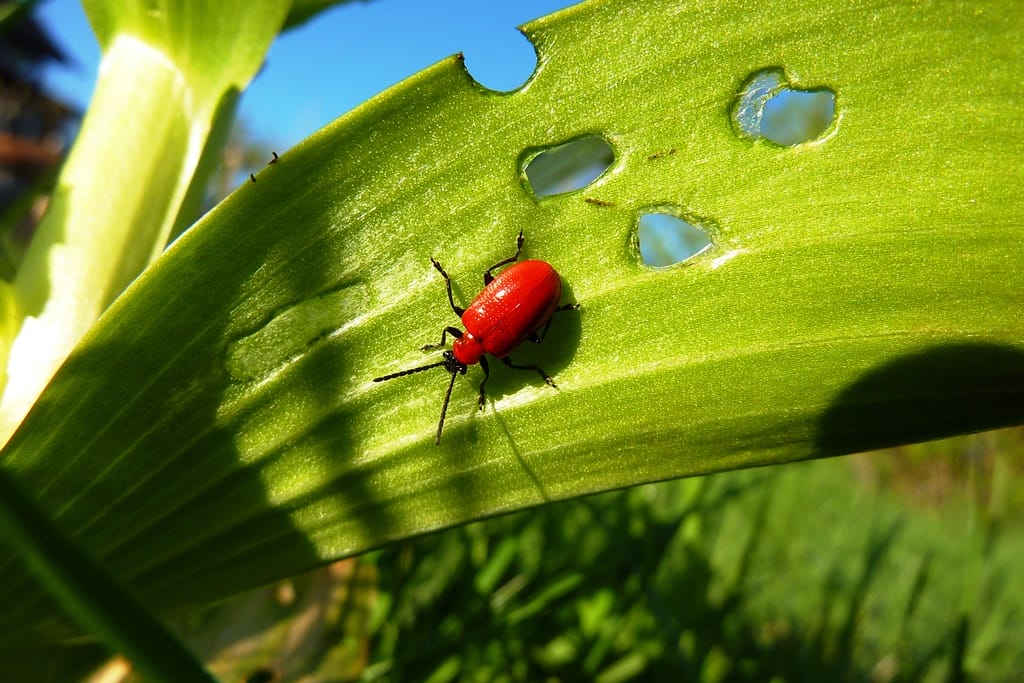



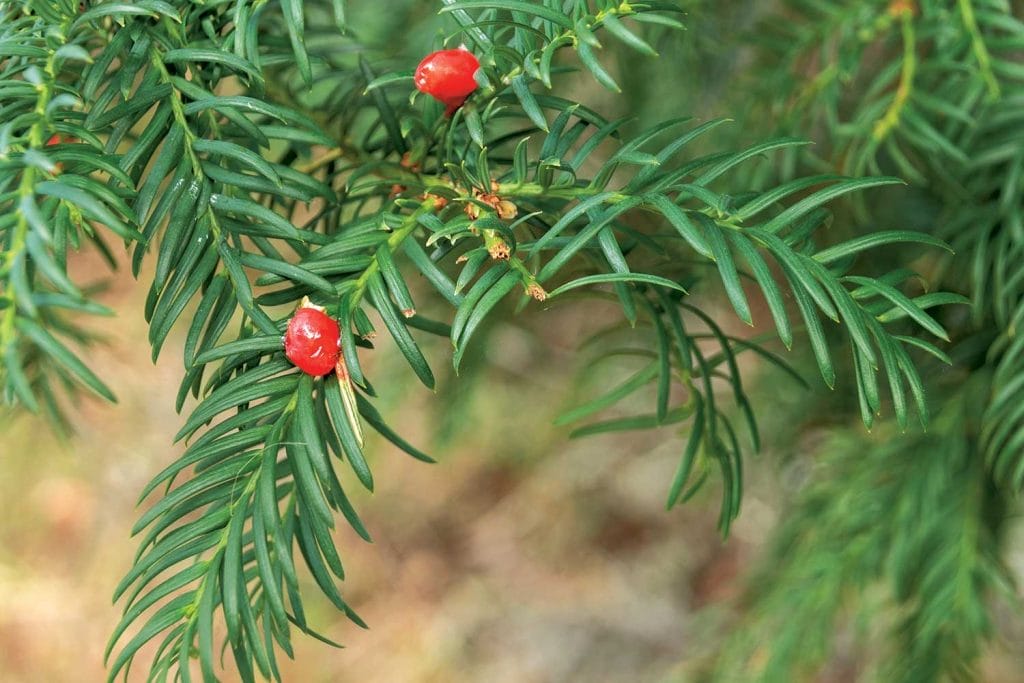
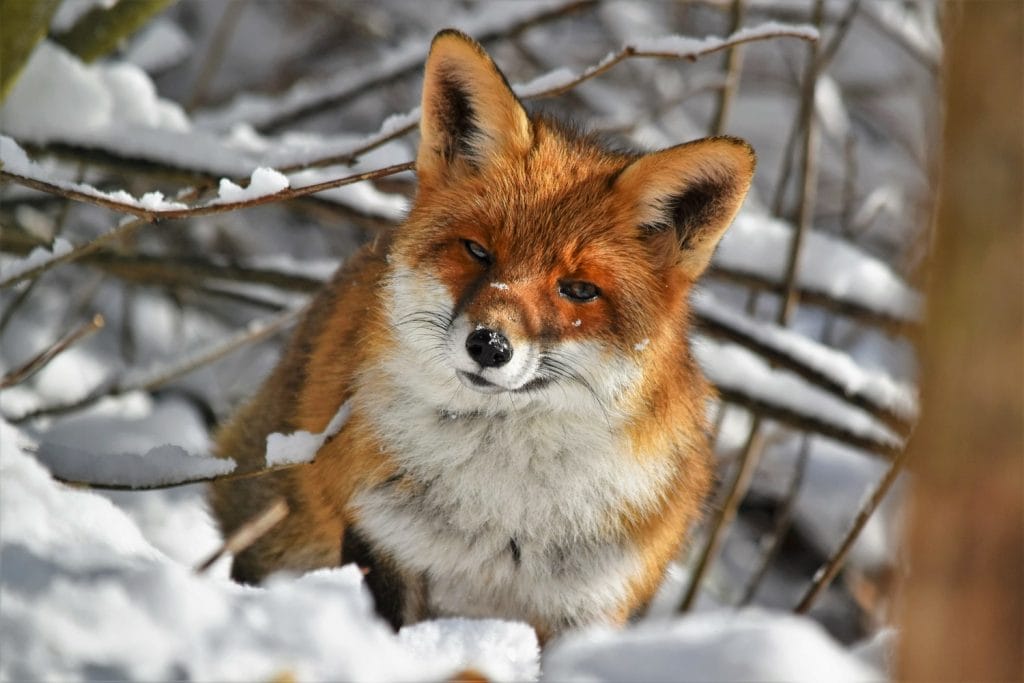
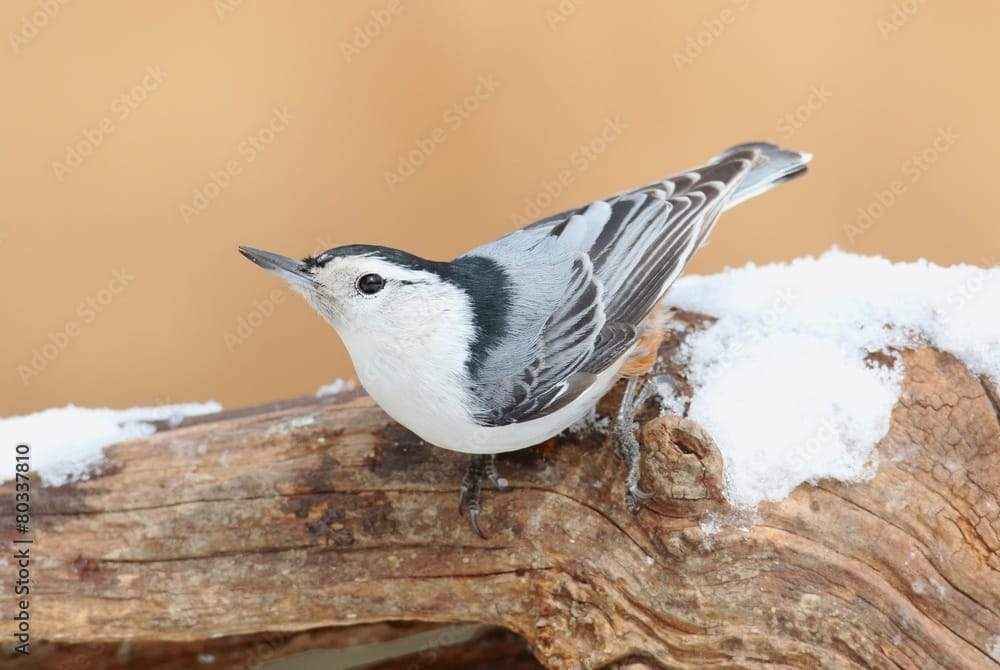
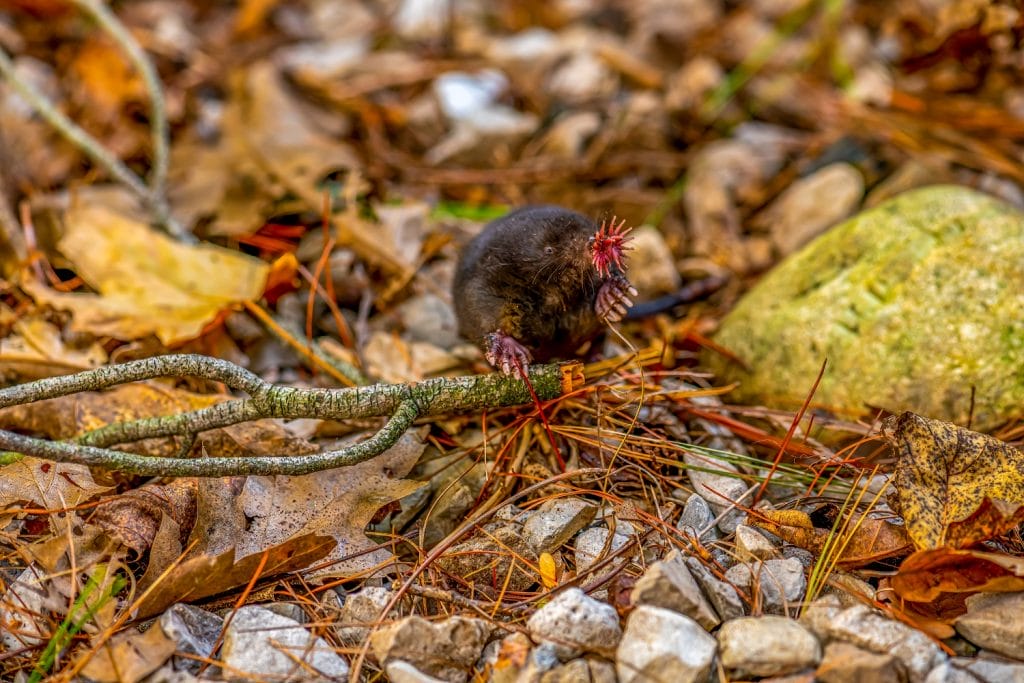
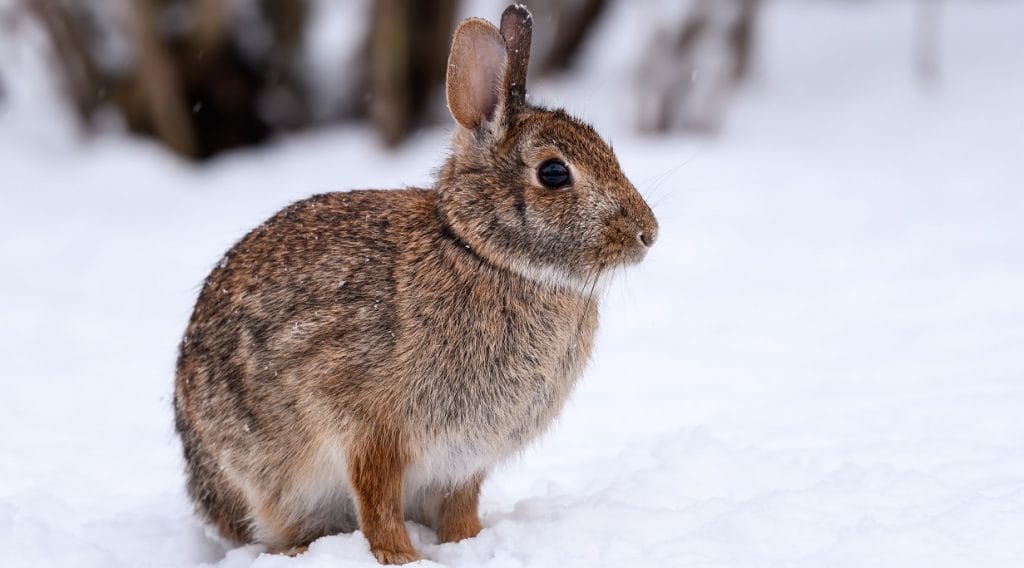
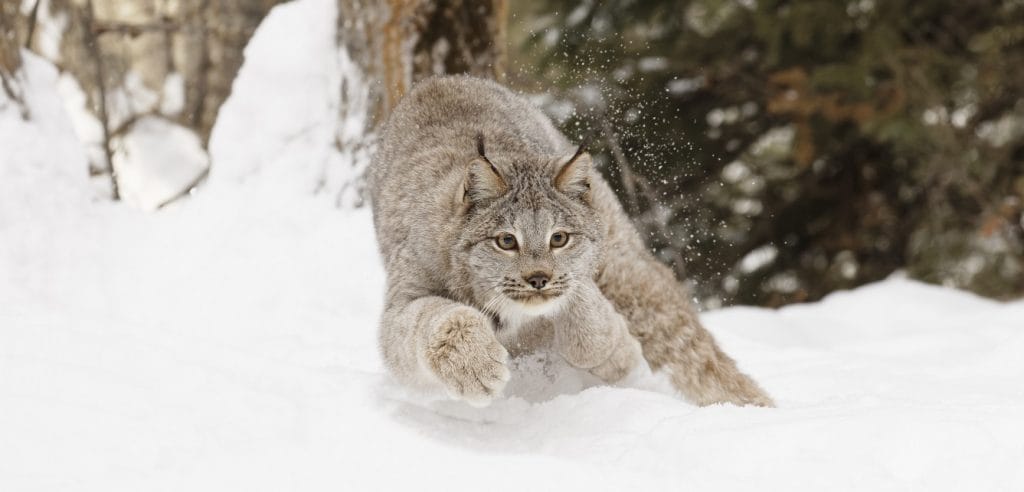
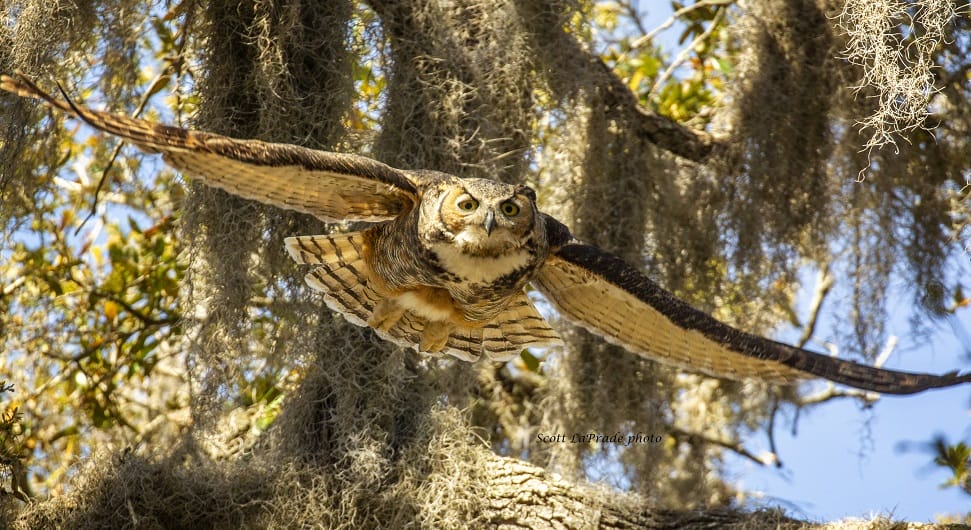
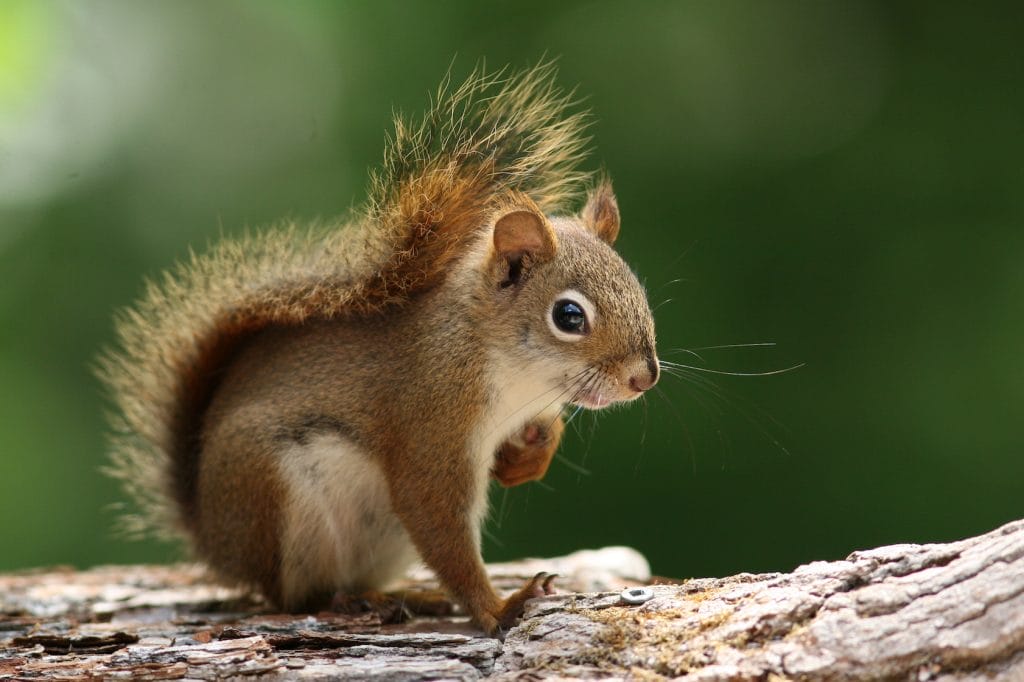
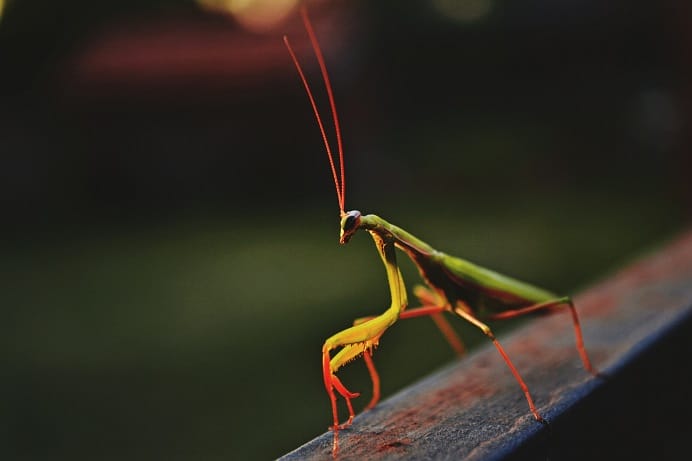
0 Comments